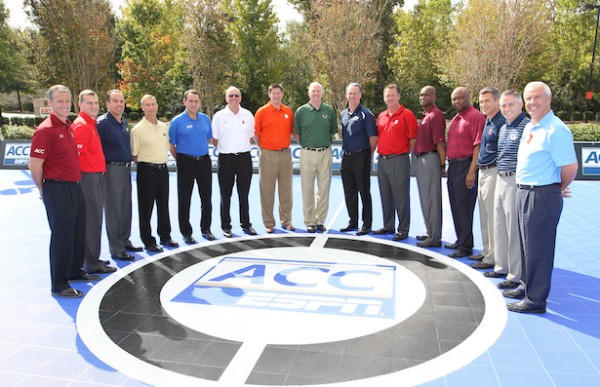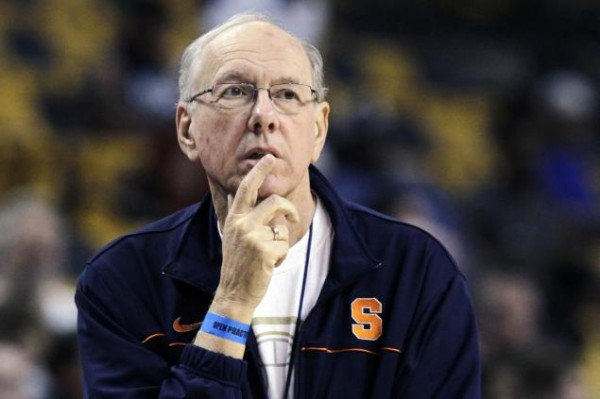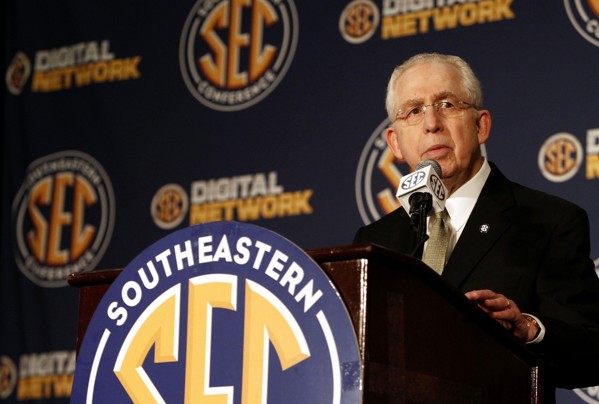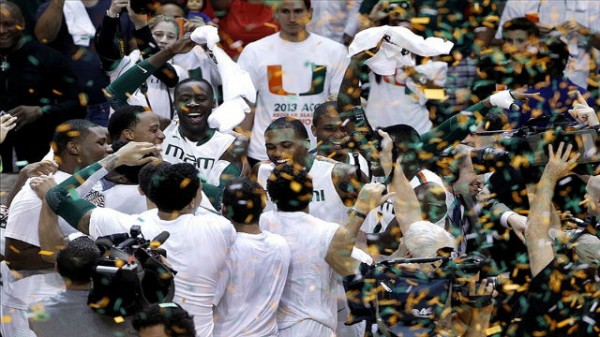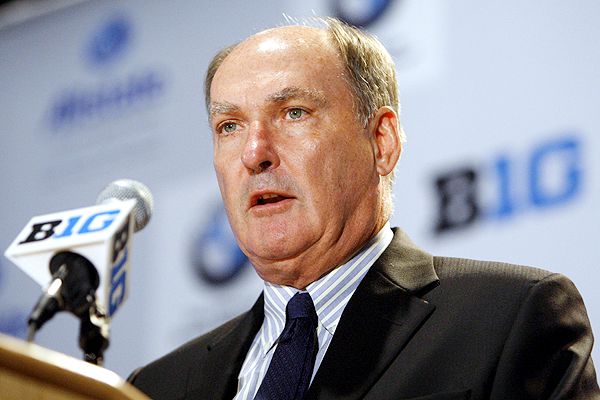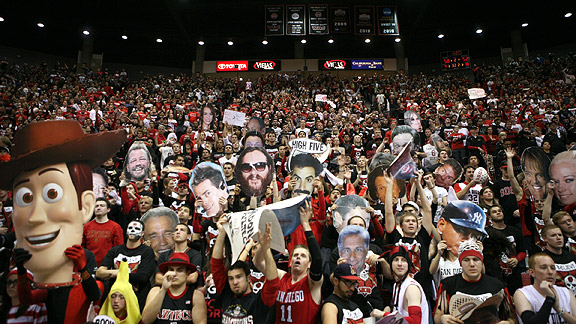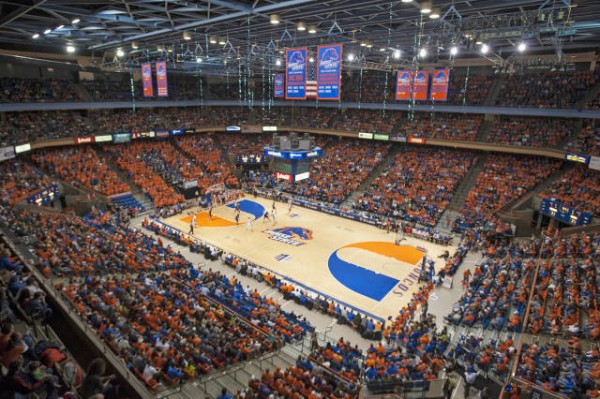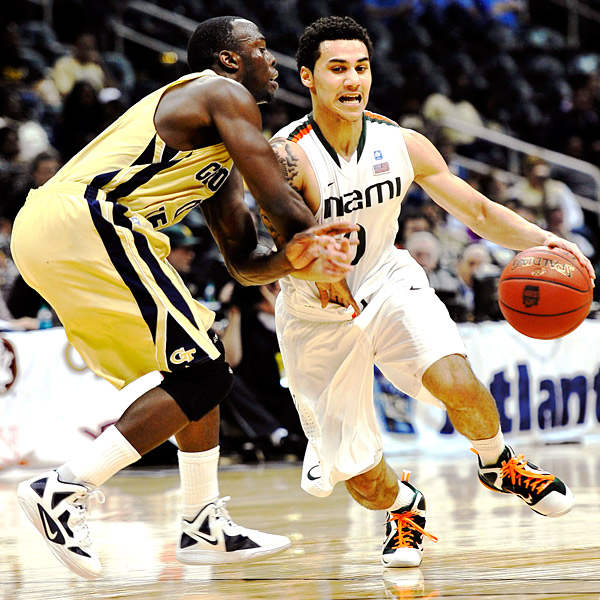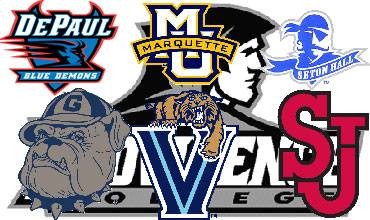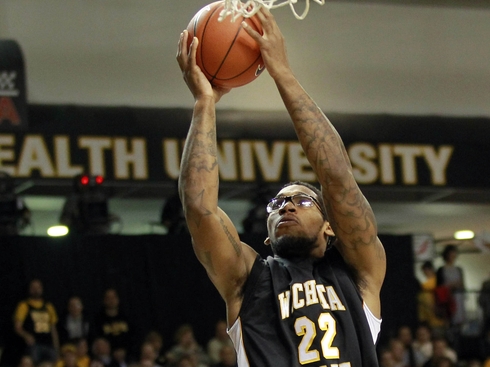The 2013-14 Atlantic Coast Conference men’s basketball season is a mere three weeks away, but the buzz about the conference’s potential began in early July when Syracuse, Pittsburgh and Notre Dame officially became members. The staggering history among the conference’s basketball programs was thus enhanced, and talk about the dynastic possibilities of the ACC in the present and years to come has been touched on by just about every coach in the league. The coaching legend that is Duke’s Mike Krzyzewski famously exclaimed on May 24 that the inception of the three teams previously aligned with the Big East into the fold would mean, “We’re going to be a 10-bid conference. We’re going to be the best conference in the history of the game. It’s exciting to be part of that.”
Now that’s a bold proclamation, even from someone with the sterling resume of Krzyzewski. After delving into a variety of metrics, though, it becomes clear that this league is something special this year (and will be that much more formidable in 2014-15 when reigning national champion Louisville joins the fold), even relative to what is considered some of the greatest college basketball conferences ever assembled. But if metrics exist to suggest the current ACC belongs among the elite of the elite, then that means there are metrics that can be used to track its progress as the season moves along to see how it stacks up with the other all-time greats.
One such measuring stick is the number of teams included in the NCAA Tournament, a perennial sign not only of a conference’s strength from within, but also how it handles non-conference foes during the regular season. The record for most teams selected for an NCAA Tournament happened as recently as 2011, when the Big East (interesting, right?) placed 11 of its 16 squads in the Big Dance. However, only three of those teams made it as far as the Elite Eight (although one was the eventual national champion, Connecticut). Looking at this year’s ACC, it’s difficult to project anywhere close to 11 NCAA participants, but being battle-tested in conference play proved to be a boon to the Big East two years ago. Could the same happen with the ACC this year? Some of the presumed middle-of-the-pack teams, such as an NC State team forced to replace a bevy of talent, for example, must rise to become a force for the league to boast the fantastic depth it claims it will have.





























